
Years ago, activist and scholar Rabbi Everett Gendler came to our Hebrew College Rabbinical School in Boston. Now 91, he was a tall, white-haired, radiant soul carrying a canvas bag. He took out a crinkled newspaper and thoroughly — and silently — studied the day’s weather report. His opening words, said with a mixture of exasperation and wonder, were something to the effect of, “There is deep Torah in this weather report.”
We only have to look outside for daily confirmation of this. Our weather patterns are changing, the Earth’s surface temperature and global sea levels are rising. When I say the Earth and her delicate ecosystem is Torah, I mean that like the Torah is available for us, it ultimately is our choice whether we study and learn, gain insight and instruction from her. If we remain numb to our responsibility as stewards of the planet, then we perpetuate her destruction and hasten our (likely) permanent exile from Earth as we know it, our existing Garden of Eden.
Our world is on life support. Greta Thunberg, whom I consider to be one of Eve’s prodigies, is teaching that we must sync up our lives with creation. Teens are calling out from around the globe, amplifying the studies of decades-old scientists. What are we doing to heed the call? As Thunberg tells us, hope is not enough. Action is required. Perhaps you felt it over this especially chilly Los Angeles winter? We are living in biblical times.
Our world is on life support.
Especially during winter, in the rain and cold, we remember God created our world out of the “tohu va’vo’hu,” the hum of chaos and darkness. There were “havdalot,” divisions created; waters separated from waters, lands from lands. Creeping animals, sea monsters, birds of the sky and grasses of the field came into being. Formed “b’tzelem elohim,” in the Divine image, God created humans from the dust of the Earth as the multi-sided, androgynous first human, “adam.”
We humans were last to the party, joining the animals and trees, the species of all living creatures. Instructed to be “shomrei adama,” guardians of the Earth, we quickly caused havoc. What a way to crash a party. Upcoming is our festival of trees, Tu B’Shevat. Mishna, Rosh Hashanah 1:1 tells us that as Jews, we have multiple New Years: Rosh Hashanah in Tishrei is the new year of creation, kings and counting the jubilee. 1 Nissan honors our national cycle of exodus from Egypt, our redemption. 1 Elul is the new year of cattle.
So how can we honor Earth and our earthliness?
The 15th of Shevat, Tu B’Shevat, is our time to reflect on our relationship with the Earth. Cantor Juval Porat and I are creating a special Beth Chayim Chadashim community-wide seder on Feb. 8 at 11:30 a.m. in partnership with our director of education, Rae Antonoff, focused on kabbalist understandings of this holiday. Join us in this unique mystical experience; all are welcome.
Consider reconnecting with the days of creation via a prayer practice distilled by Rabbi Art Green, which he calls Ma’amadot. “Ma’amadot” refers to the townspeople from each district who would “ma’amad,” stand up, for their towns’ priests who would go for their week of service at the Temple in Jerusalem. To support their priests, each day, the townspeople would recount and meditate on a day of the creation story, thereby expressing their/our belief that we live in and are responsible for a created, Divine world. Our daily meditation/prayer practice is: Day 1 (Sunday): Darkness & Light. Day 2 (Monday): Sky, Firmament & Heaven. Day 3 (Tuesday): Land, Sea & Grasses & Trees. Day 4 (Wednesday): Sun, Moon & Stars. Day 5 (Thursday): Birds & Fish. Day 6 (Friday): Animals & Humans. Day 7 (Shabbat): Rest.
Rabbi David Zeller taught that Shabbat is not a time to disconnect from the world around us, it is a time to connect to the world within us. Slowing down and resting, nourishing ourselves with study, friends and good food renews ourselves as human beings rather than human doings. In turn, we see ourselves in rhythm with creation, savoring the earth and its beauty.
Rabbi David Zeller taught that Shabbat is not a time to disconnect from the world around us, it is a time to connect to the world within us.
Genesis 9:13-15 reminds: “This is the sign that I set for the covenant between Me and you, and every living creature with you, for all ages to come, I have set My bow — keshet — in the clouds, and it shall serve as a sign of the covenant between Me and the earth. When I bring clouds over the earth, and the rainbow appears in the clouds, I will remember My covenant between Me and you and every living creature ….”
Seven times, the word “brit,” covenant, is repeated in Genesis 9:8-17. The symbol for this covenant is the rainbow, the flag of our Beth Chayim Chadashim community. So flash your rainbow. The Earth is alive. We are her guardians and it is time we step up. Join us for Tu B’Shevat, let creation into your prayers and be Shabbat.
Rabbi Alyson Solomon is the Interim rabbi at Beth Chayim Chadashim.






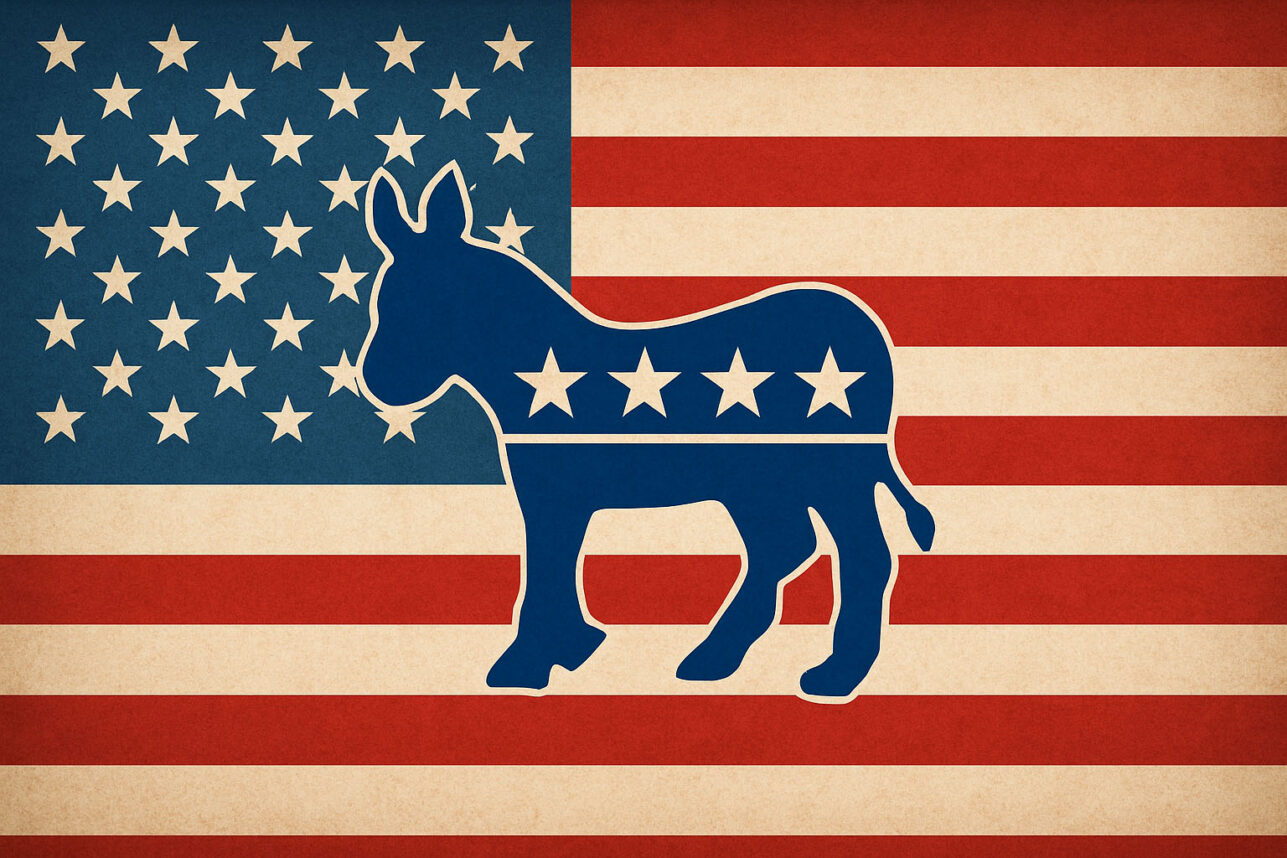
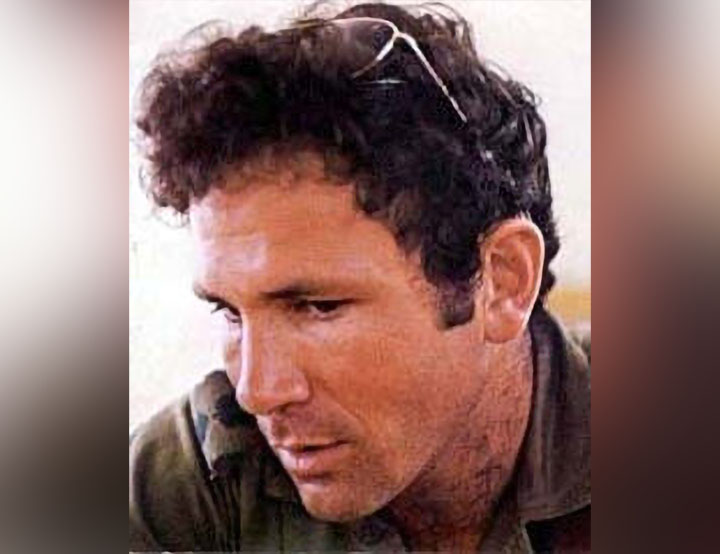
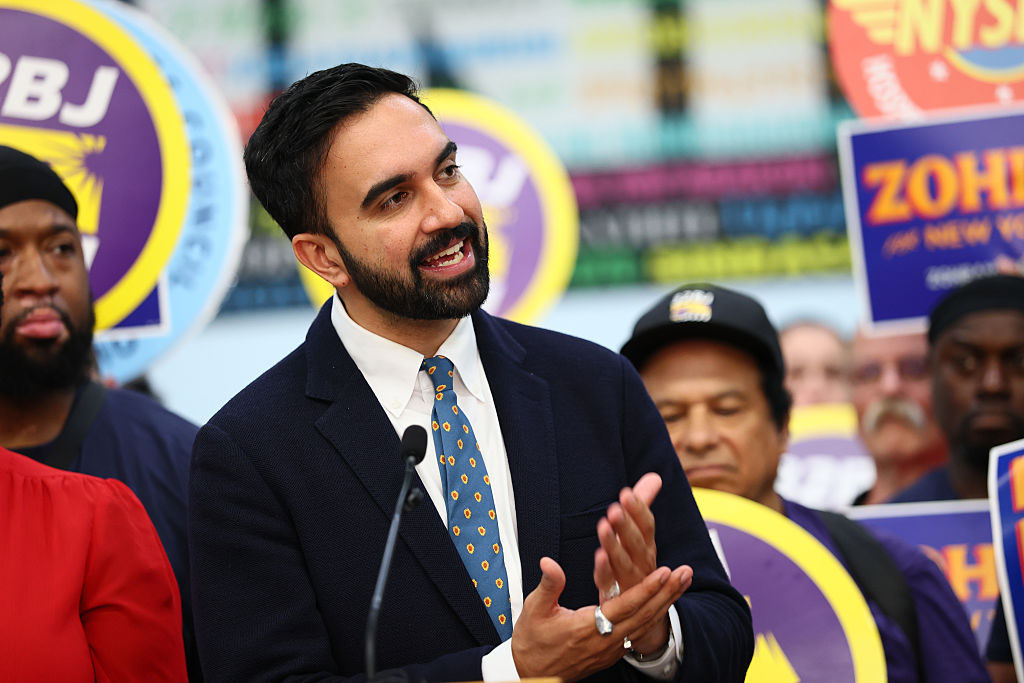
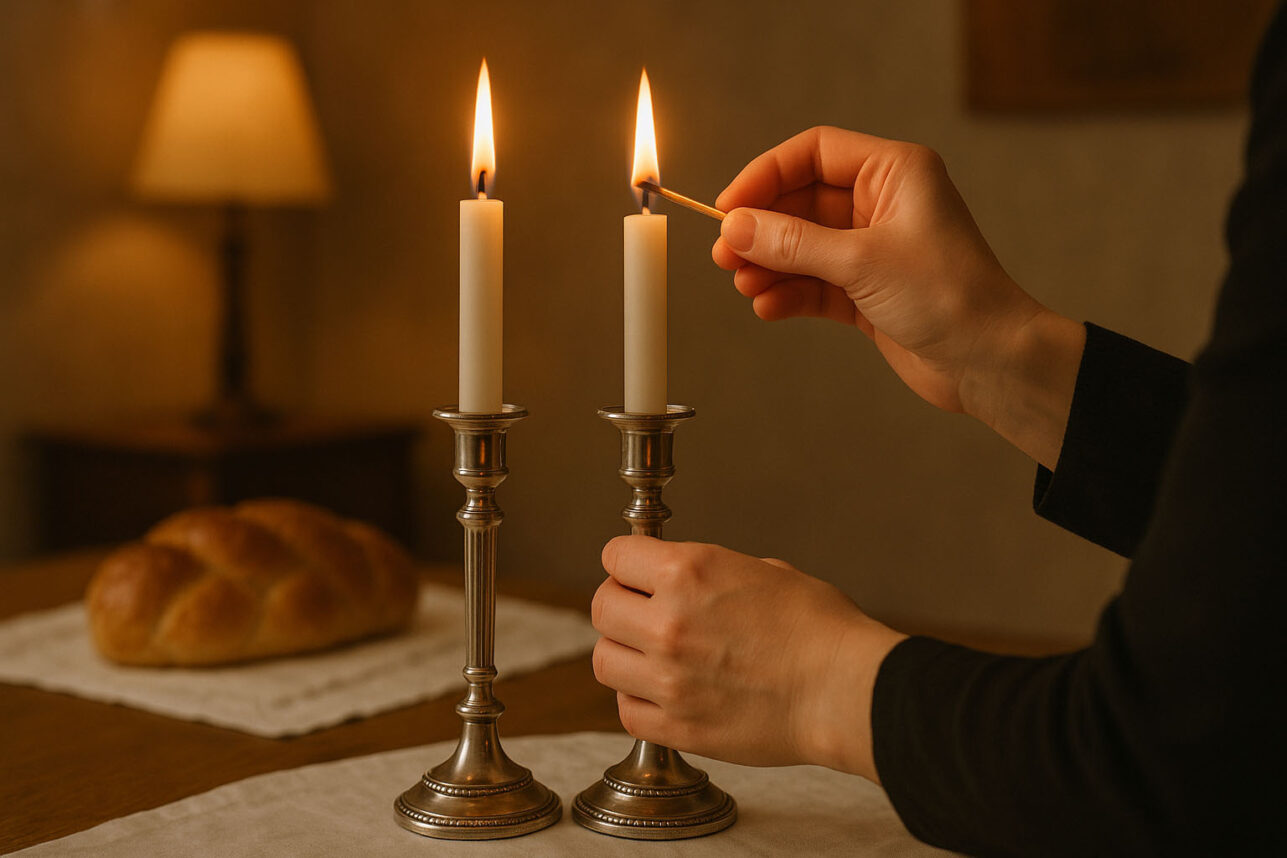
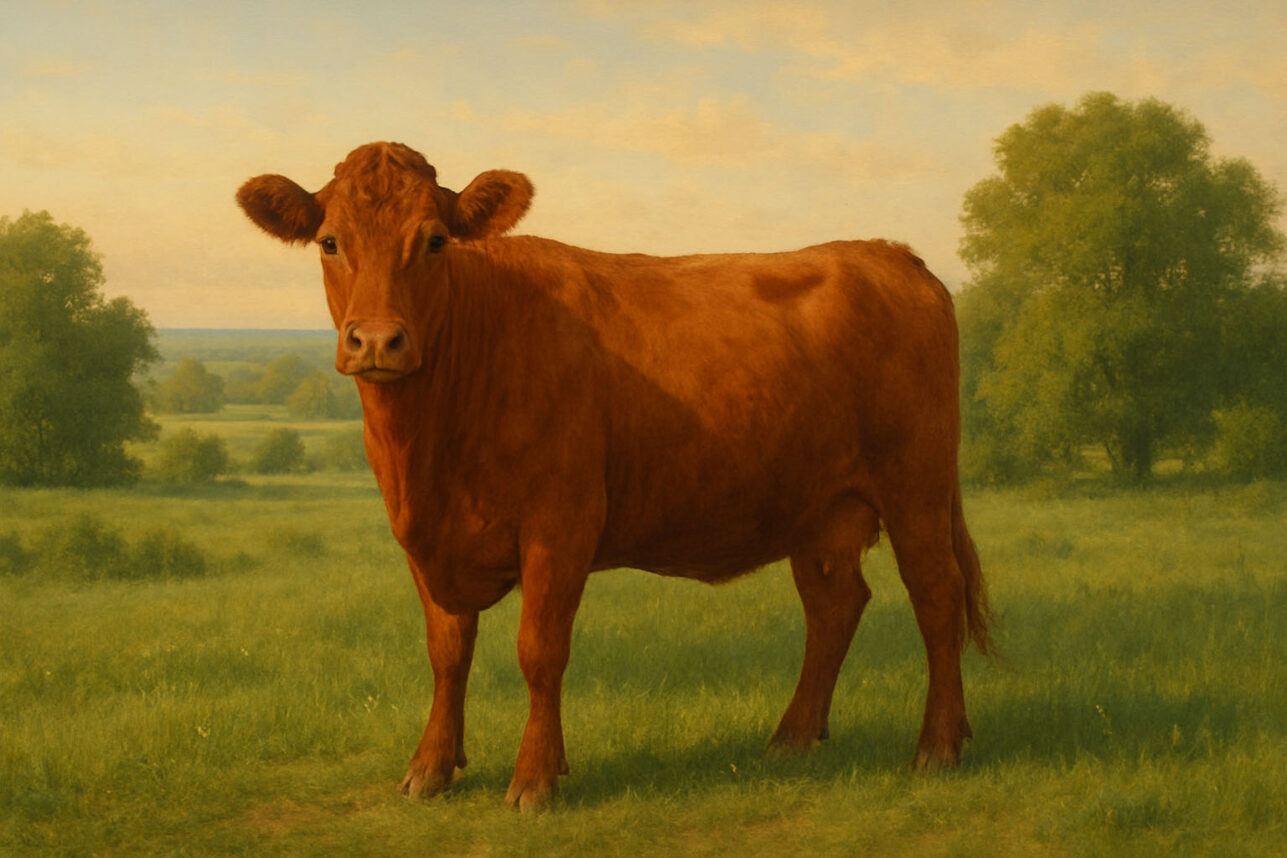

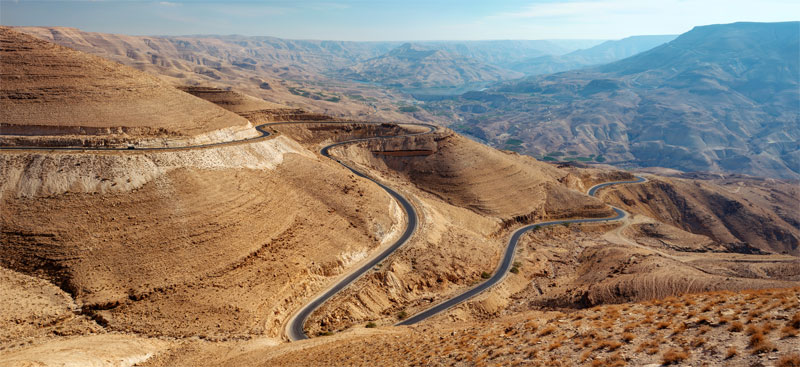



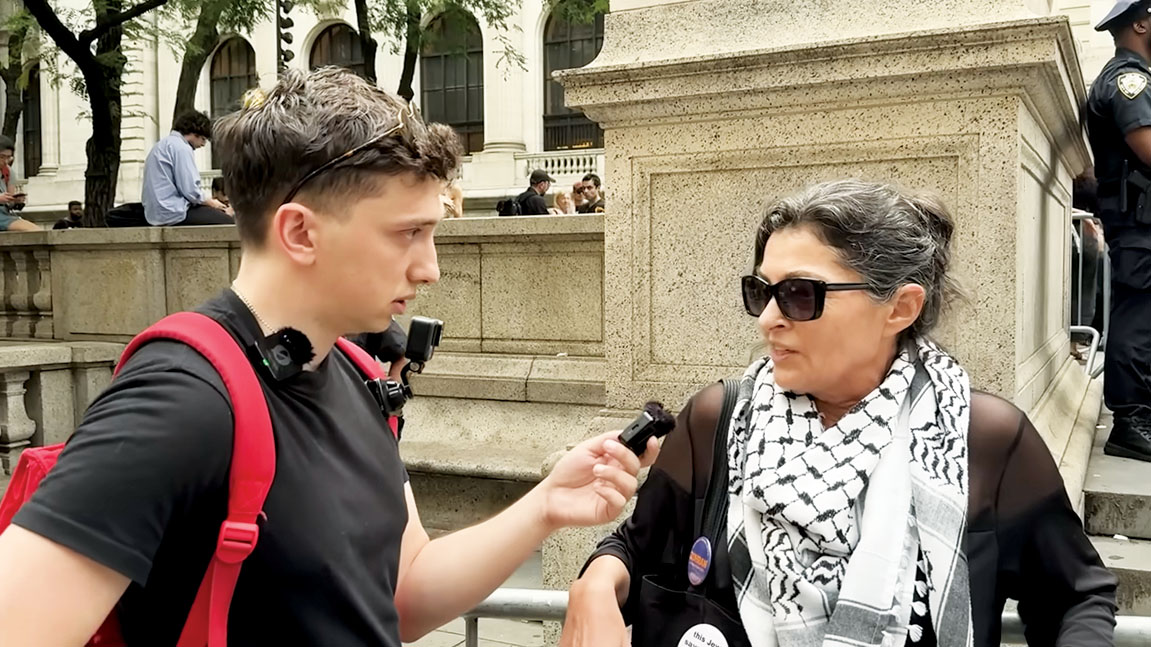
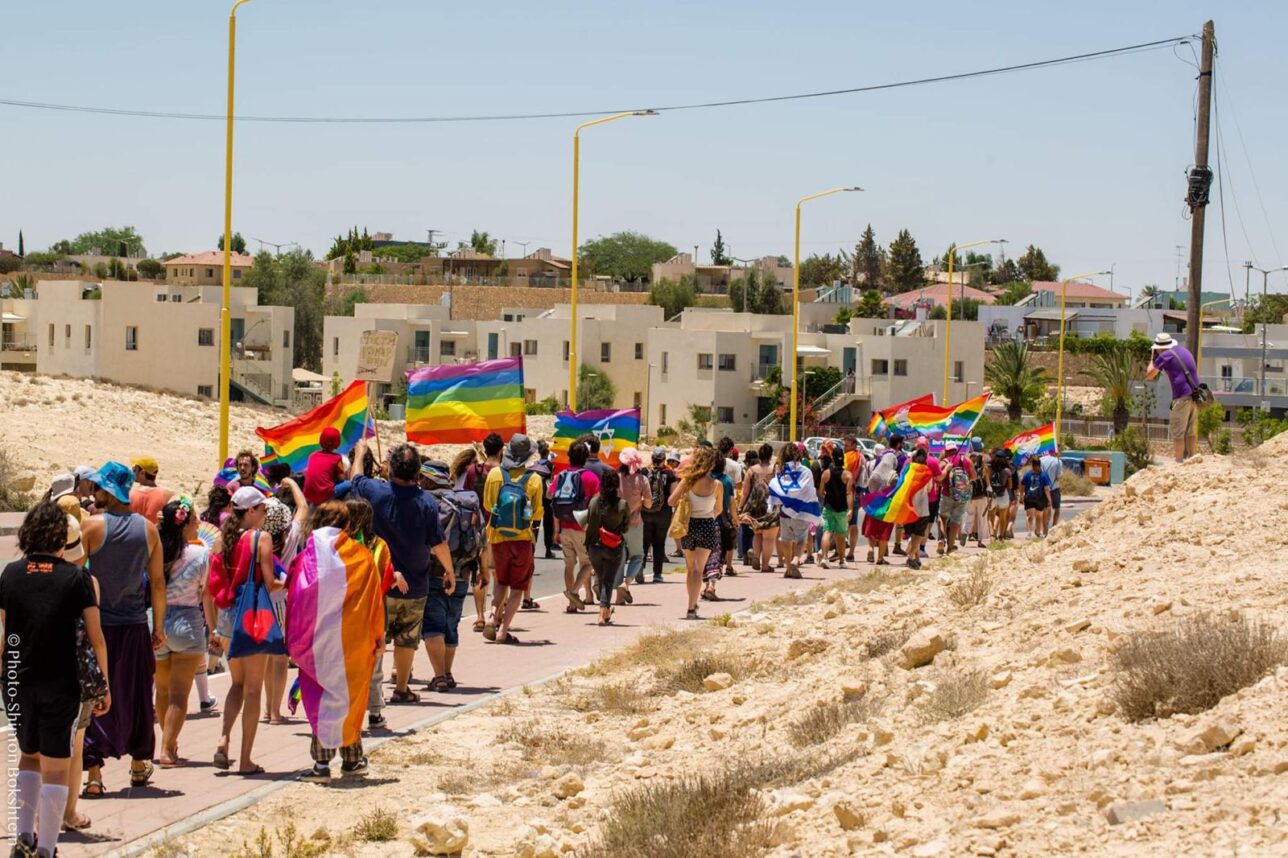

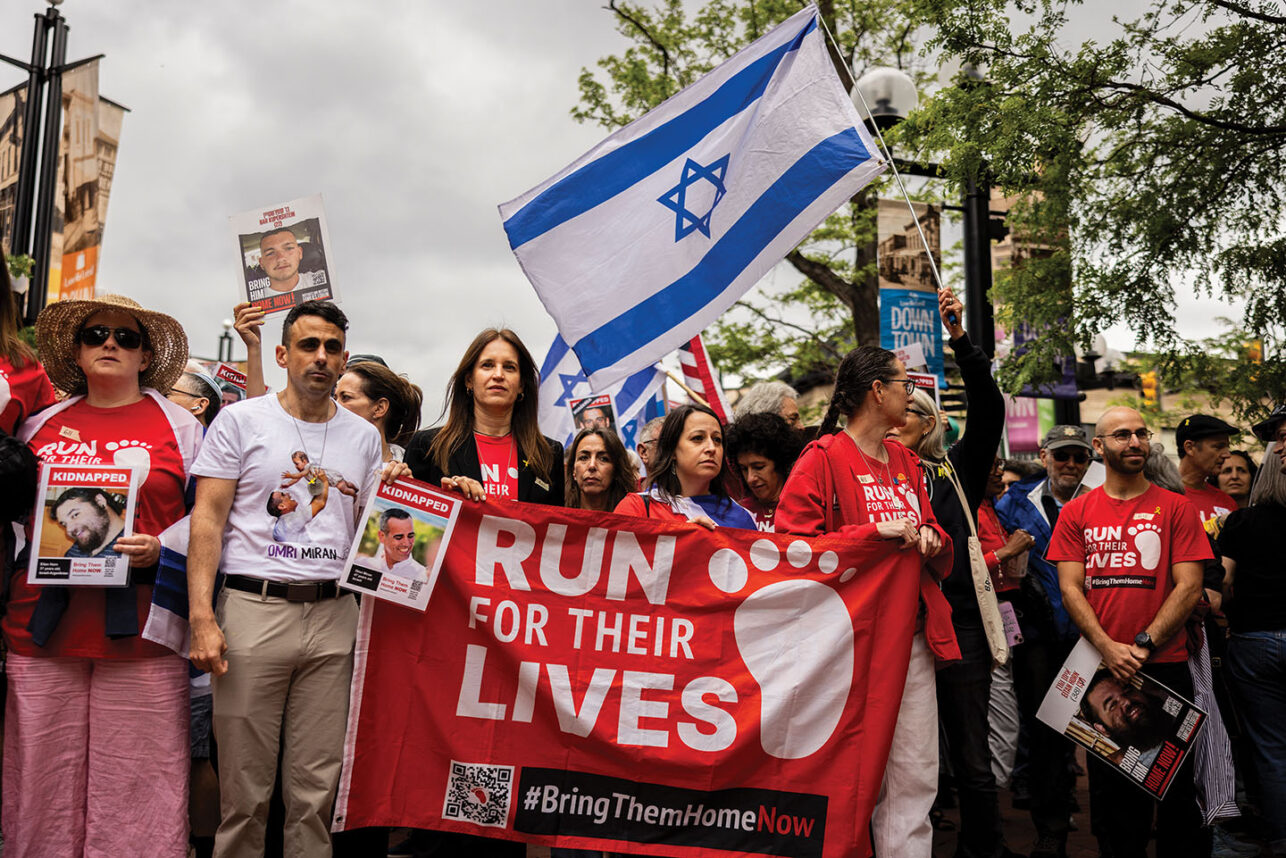

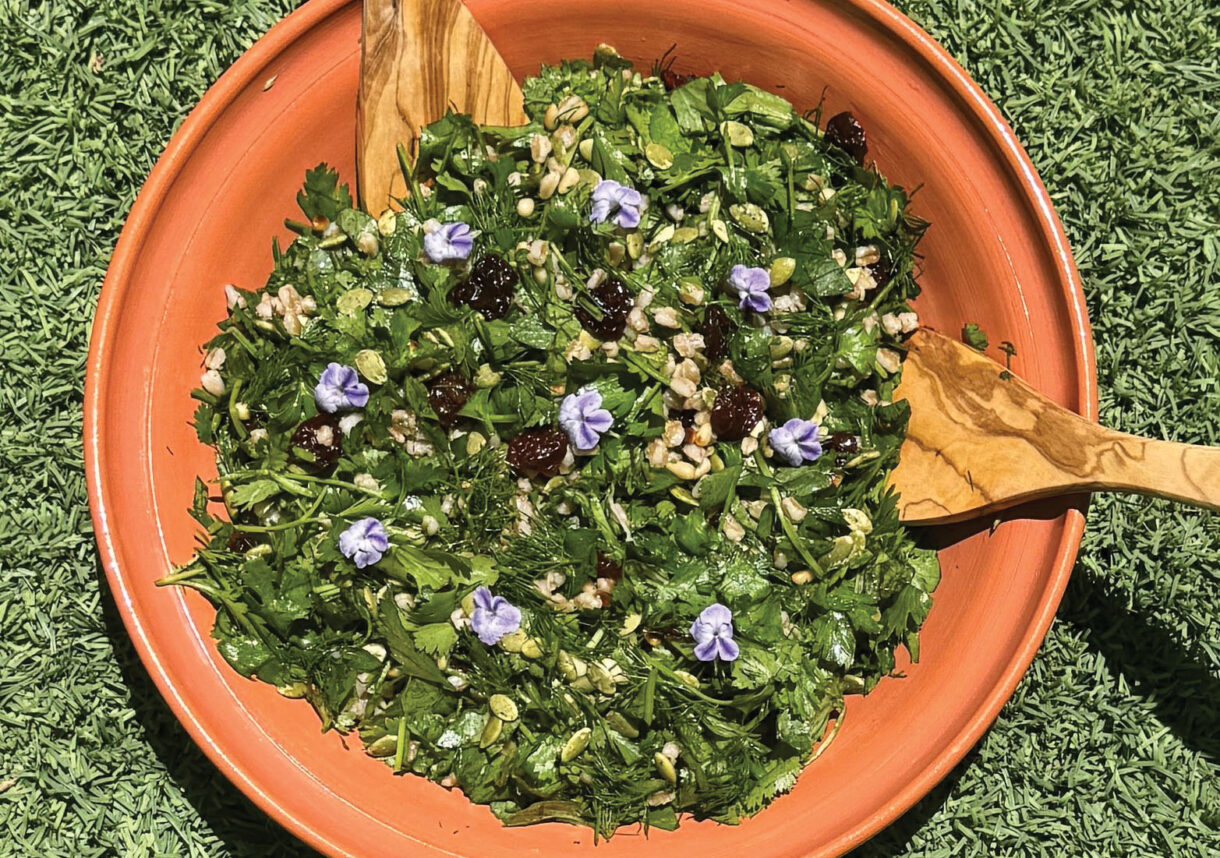
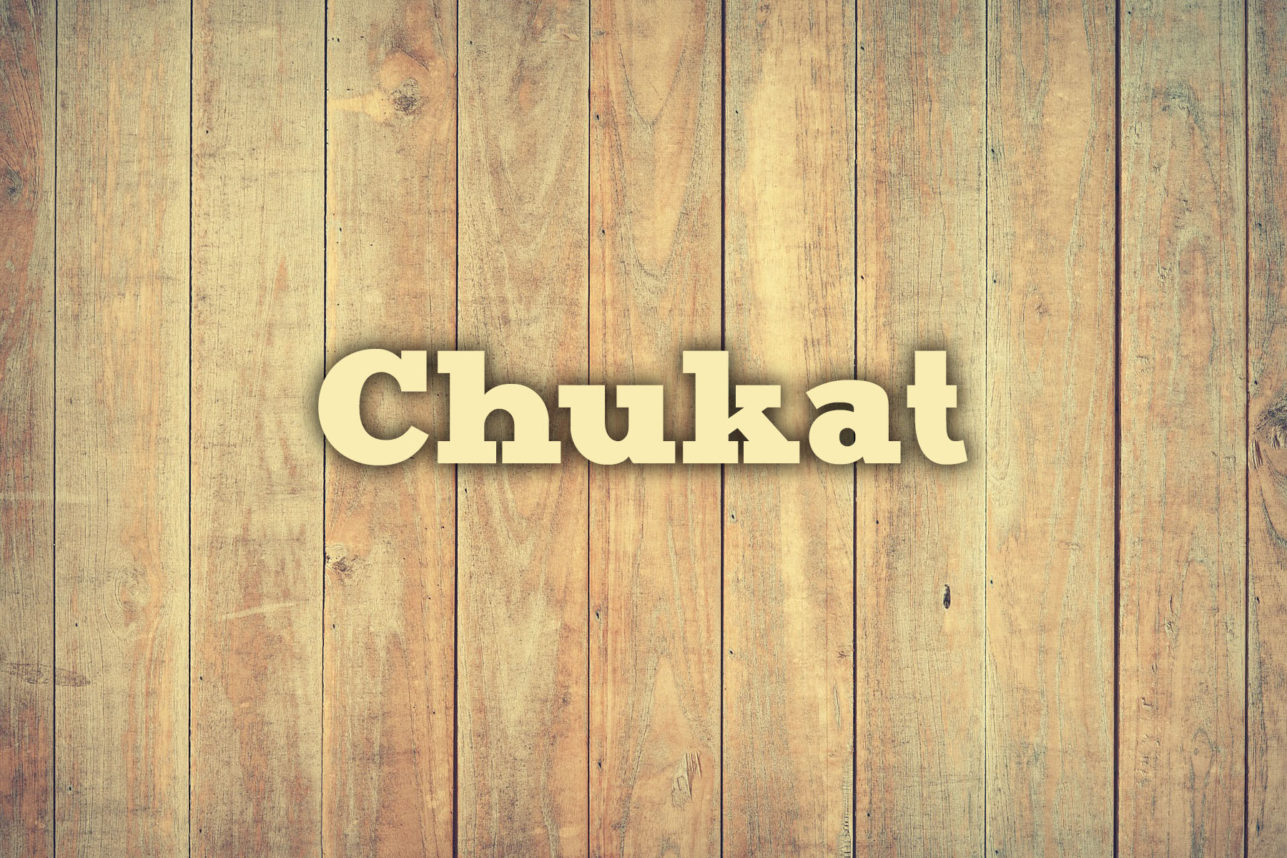
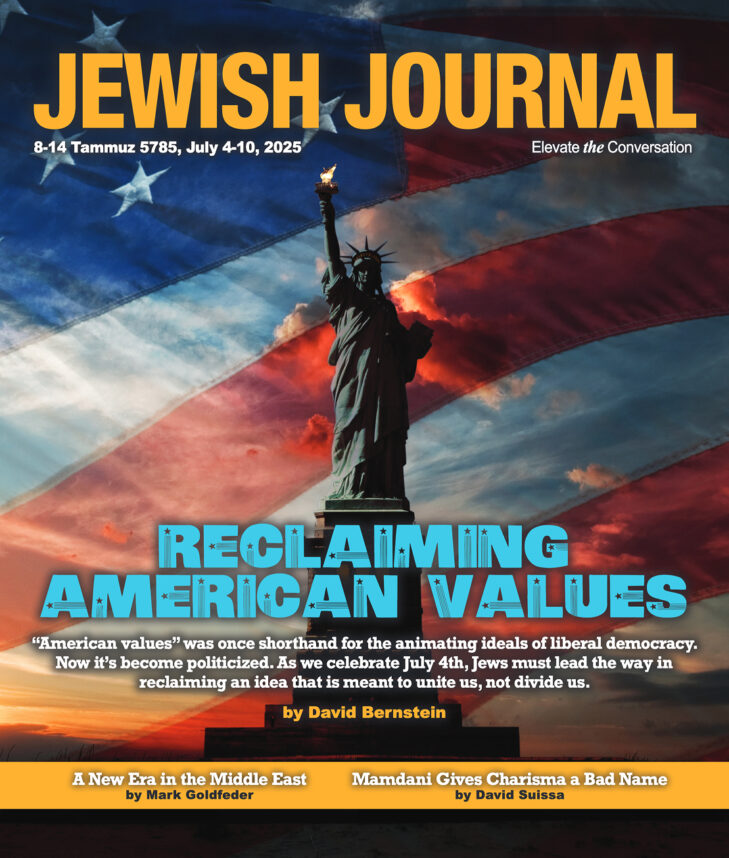
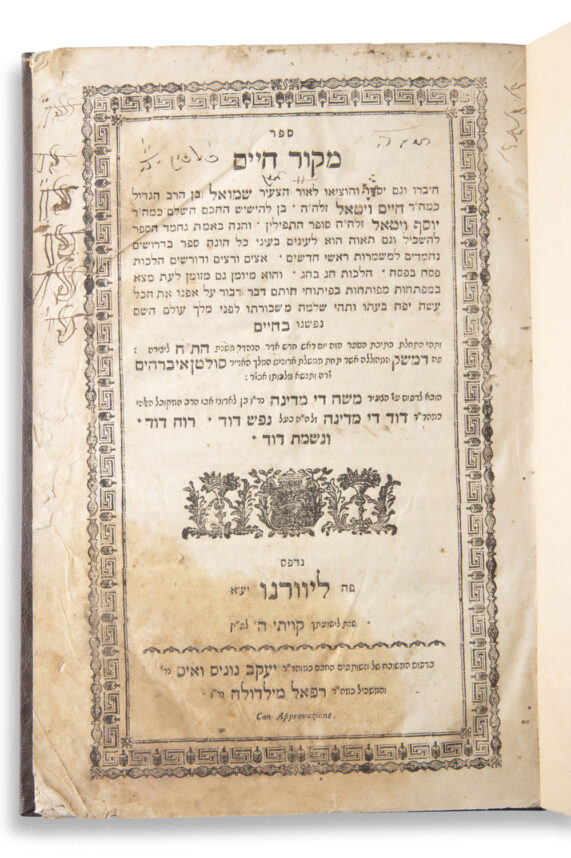
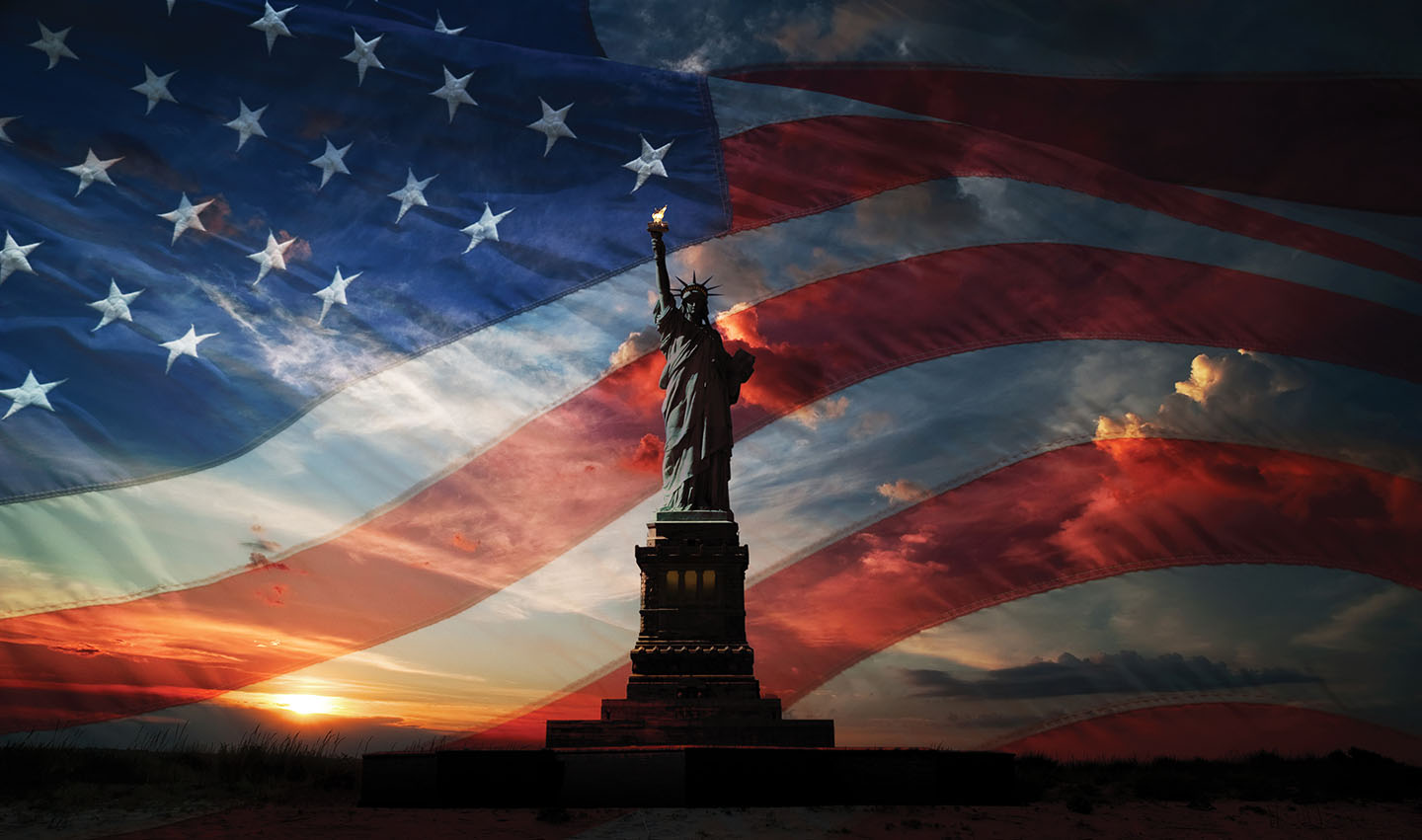
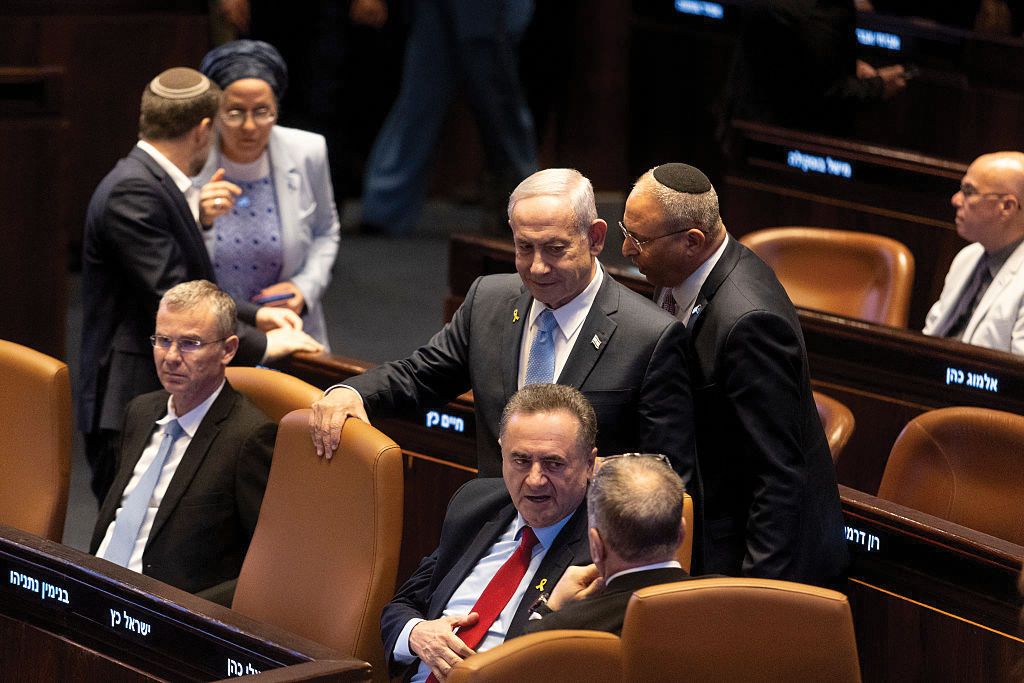
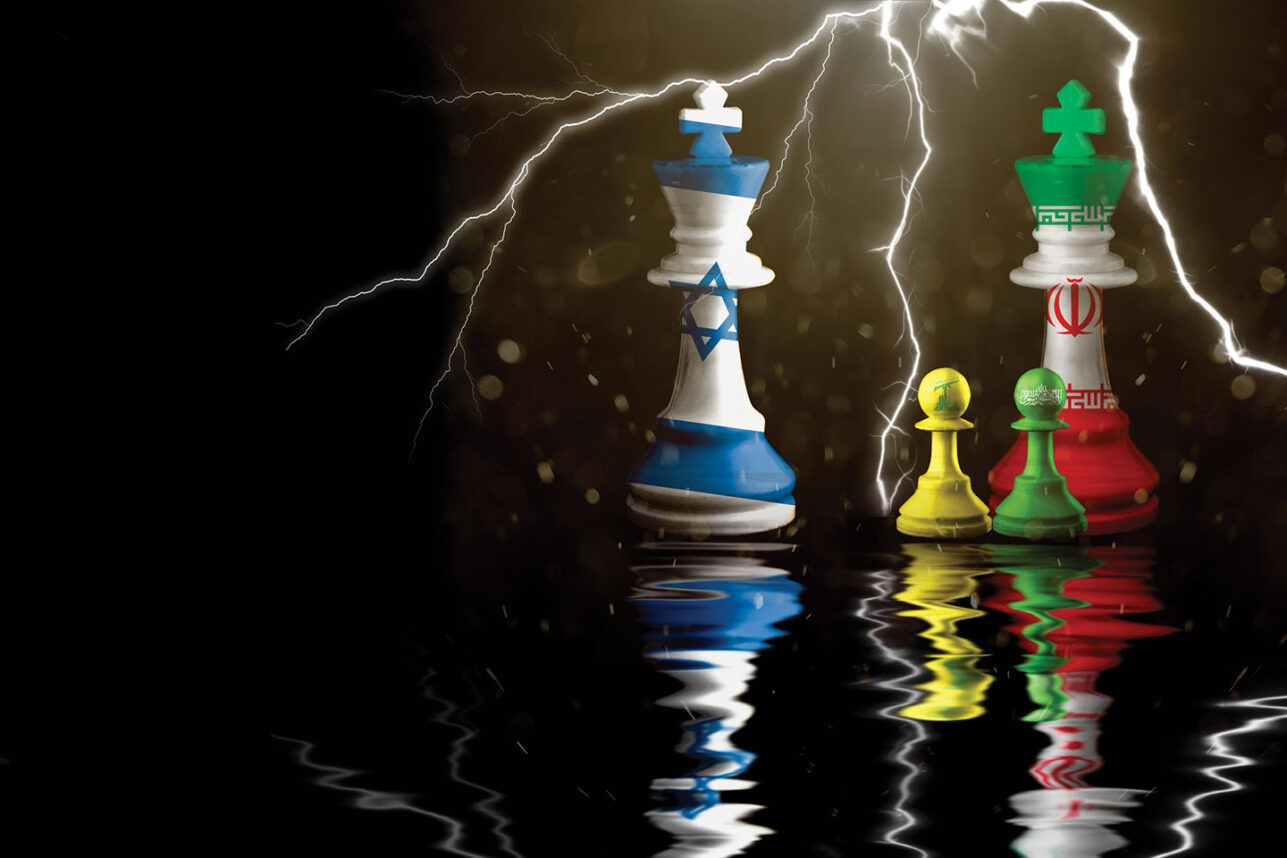

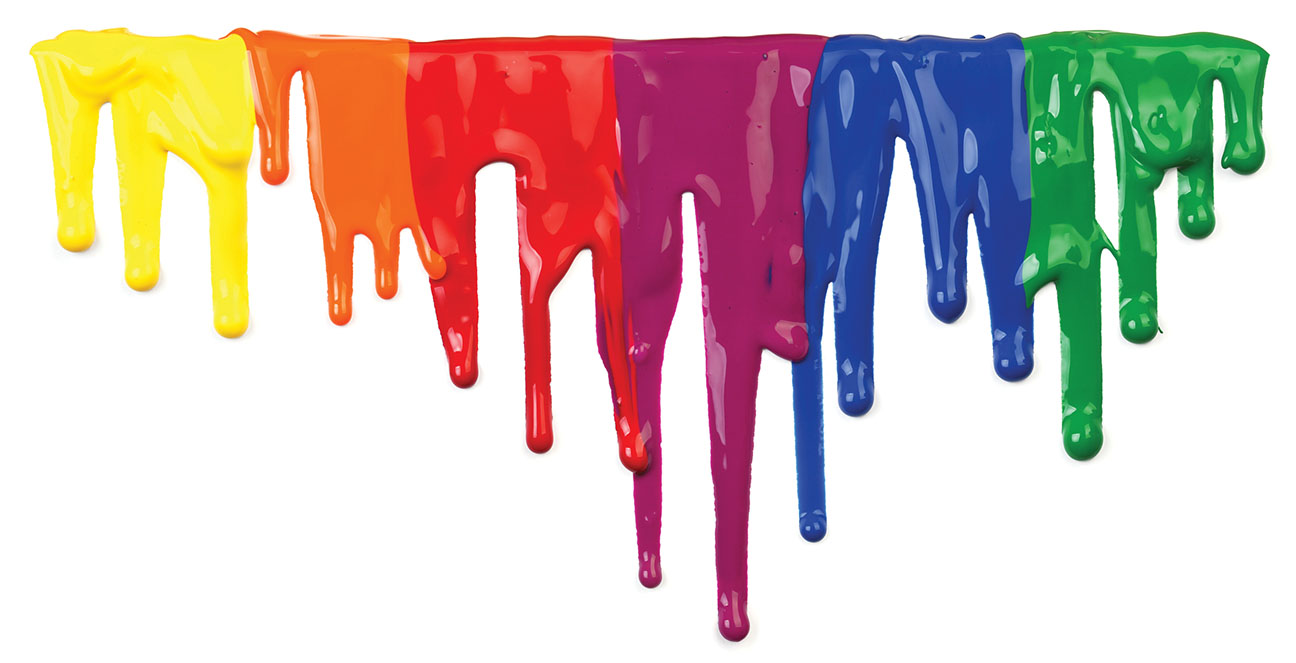
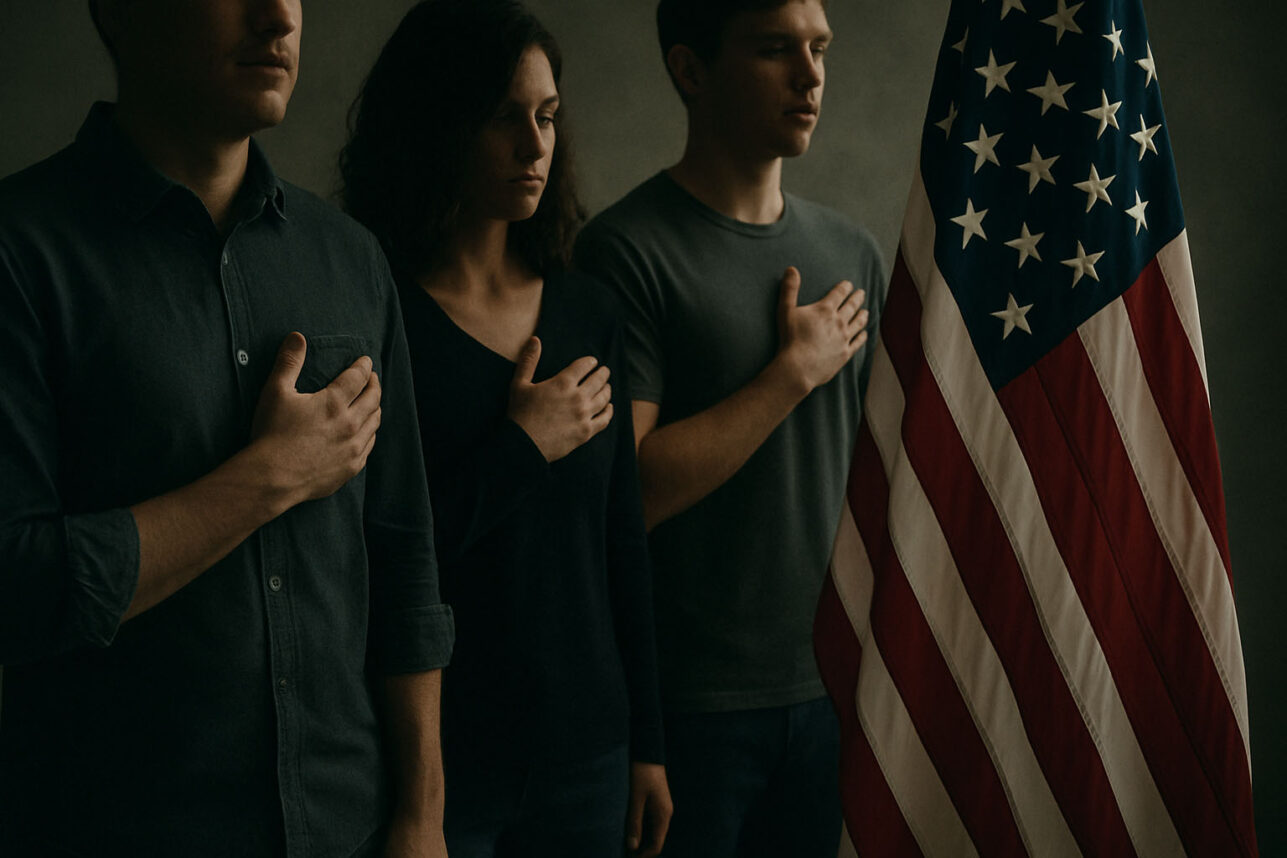
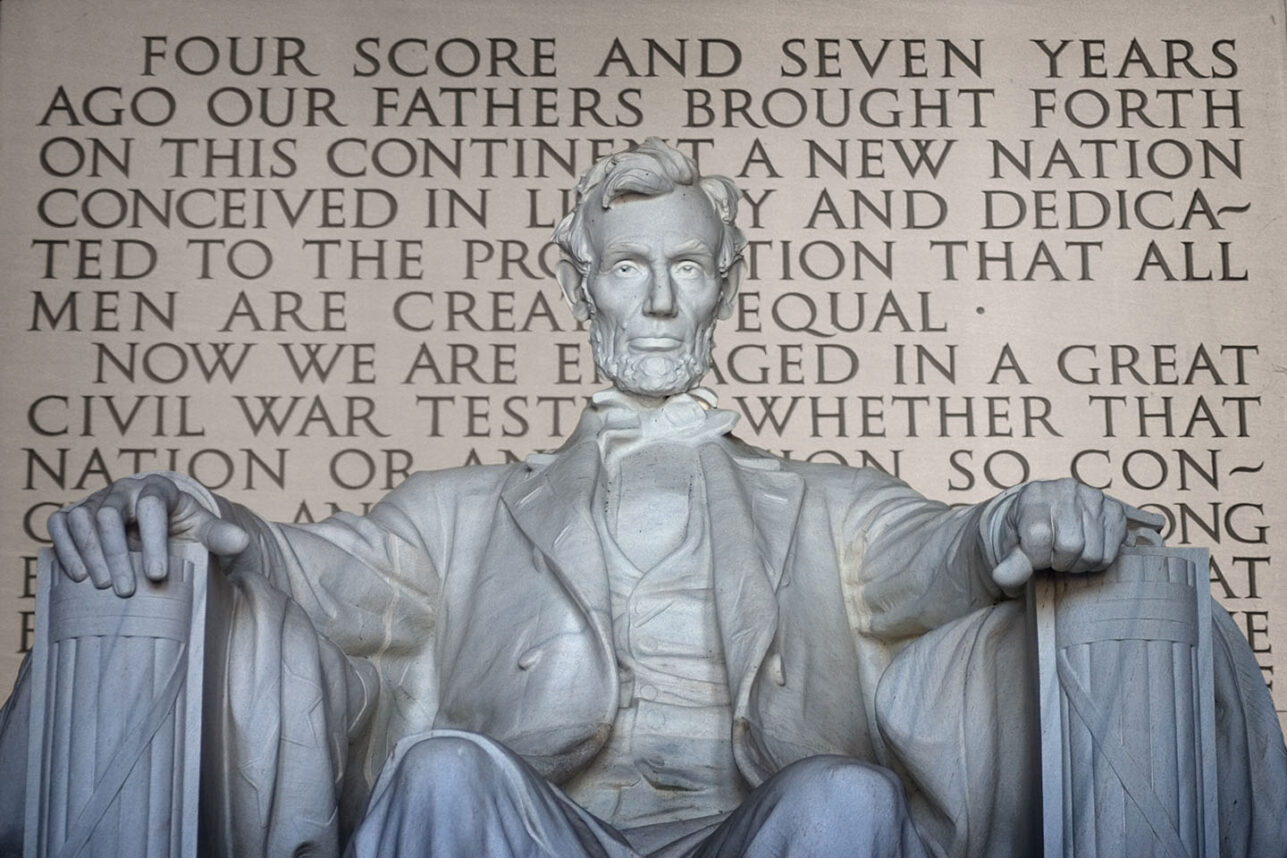

 More news and opinions than at a Shabbat dinner, right in your inbox.
More news and opinions than at a Shabbat dinner, right in your inbox.